Normal pulse oximeter readings usually range from 95 to 100 percent. According to the Mayo Clinic values under 60 mm Hg usually indicate that a person needs supplemental oxygen.
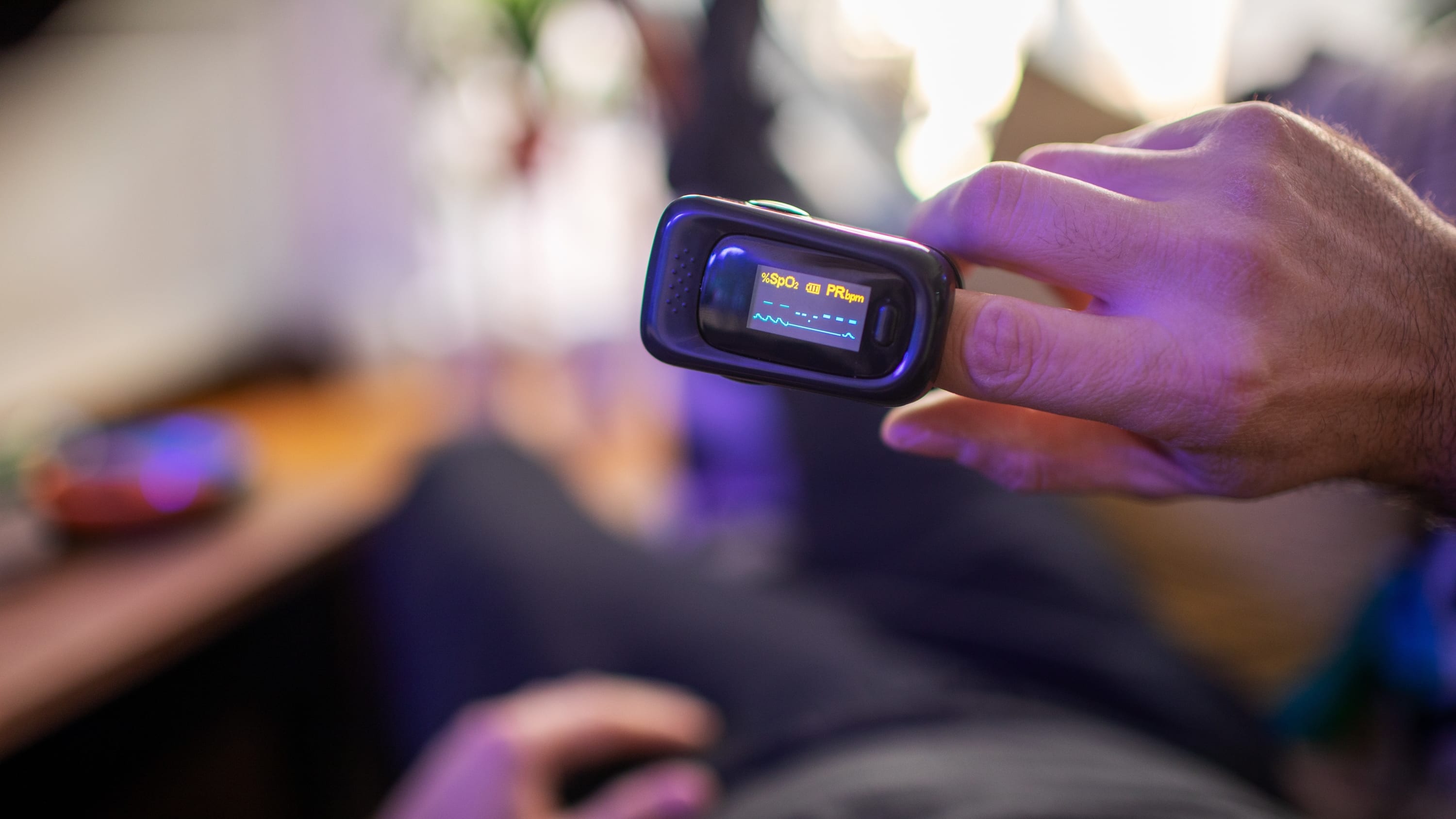 Should You Really Have A Pulse Oximeter At Home News Yale Medicine
Should You Really Have A Pulse Oximeter At Home News Yale Medicine
However a value below 90 percent during a COVID-19 outbreak could indicate low oxygen level a condition known as hypoxemia.

What pulse ox is too low. The normal oxygen levels in a pulse oximeter usually range from 95 to 100. A reading of 100 percent means that all the hemoglobin in. The pulse oximeter not only measures your oxygen level in blood but also the pulse rate.
So how low is too low. This has nothing to. My average heart rate is at least 10 points higher overnight than my resting heart rate during the day.
People with a history of heart problems are prone to experiencing low pulse rates. Your arm position can influence the blood flow to your wrist and can adversely affect readings typically making them lower than they really are. Normally a PaO 2 reading below 80 mm Hg or a pulse ox SpO2 below 95 percent is considered low.
A PaO 2 reading from an ABG test that is below 75 mmHg and an O 2 sat reading from a pulse oximeter test that is below 95 both indicate a low oxygen level in your blood. The pulse oximeter is a non-invasive device that is used to measure the oxygen level in the blood. The medical term for a low pulse rate that falls below 60 beats per minute is bradycardia which could be a symptom of a serious condition.
It is used in the. Oxygen saturation measured by pulse oximetry SpO2 between 96 and 100 percent are considered normal according to nursing instructor Kathy Lawrence MSN. What is pulse oximeter.
The device uses red and infrared lights to measure the percentage of hemoglobin which carries oxygen throughout your body. Benefits of pulse oximeter. Normal oxygen saturation levels as measured by pulse oximetry range from 95 to 100.
Of the University of Texas Medical Branch 2 3. A normal level of oxygen is usually 95 or higher. You want a number in the 95 to 100 range.
For a healthy person SpO2 values usually fall between 94-96 percent. If your home SpO2 reading is. Measuring this way is possible because hemoglobin is a different color with and without oxygen.
Values under 90 are considered low. If your Pulse Ox during sleep reading seems low it may not necessarily indicate low pulse ox saturation. Overnight it fluctuates a great deal more with an average of 90 and the lowest value being at 74 and a lot of readings in the 80s.
Your insurance company may not pay for oxygen unless your levels fall to 88 oxygen saturation. When at rest a normal heart rate ranges between 60 and 100 beats per minute. Hyperoxemia is generally detected using ABG testing and is defined as blood oxygen levels above 120 mmHg.
An individual who experiences signs of decreased heart rhythms should be evaluated by a physician. If your number dips below 90 Dr. A pulse oximeter is a small electronic device that estimates the saturation of oxygen in your blood.
A pulse oximeter is a non-invasive piece of equipment often used in a health care setting typically placed on the end of your finger to measure your bloods oxygen saturation. Blood oxygen levels may be measured using a pulse oximeter. A healthy oxygen saturation is typically above 90.
When oxygen saturation levels fall below 92 the pressure of the oxygen in your blood is too low to penetrate the. Its readings are accurate and are used to monitor patients having health issues. Your pulse or heart rate is the number of times your heart beats each minute.
If you have test results at or below these readings you have hypoxemia. Does that mean you should panic if. The SpO2 reading on a pulse oximeter shows the percentage of oxygen in someones blood.
Its important to know whats normal for you especially if. A normal blood oxygen level varies between 75 and 100 millimeters of mercury mm Hg. Blood oxygen levels below 90 are considered low hypoxemia.
Remember too that low oxygen is just one sign of COVID-19. Every time your oxygen. Values under 60 mm Hg usually indicate the need for supplemental oxygen.
The normal values of SpO2 range from 92 to 100 percent. Even if you have a healthy blood oxygen level dont ignore other possible symptoms like cough or shortness of breath. Some people with chronic lung disease or sleep apnea can have normal levels around 90.
Values under 90 percent are considered low. Tsuang says call your doctor for advice. Blood oxygen levels can also be measured using an instrument known as a pulse oximeter.
While a pulse rate below 60 may be normal for some people it can signal a medical crisis in others -- particularly if accompanied by symptoms such as weakness or dizziness. During the day my pulse 0x is good showing 98-99 generally.
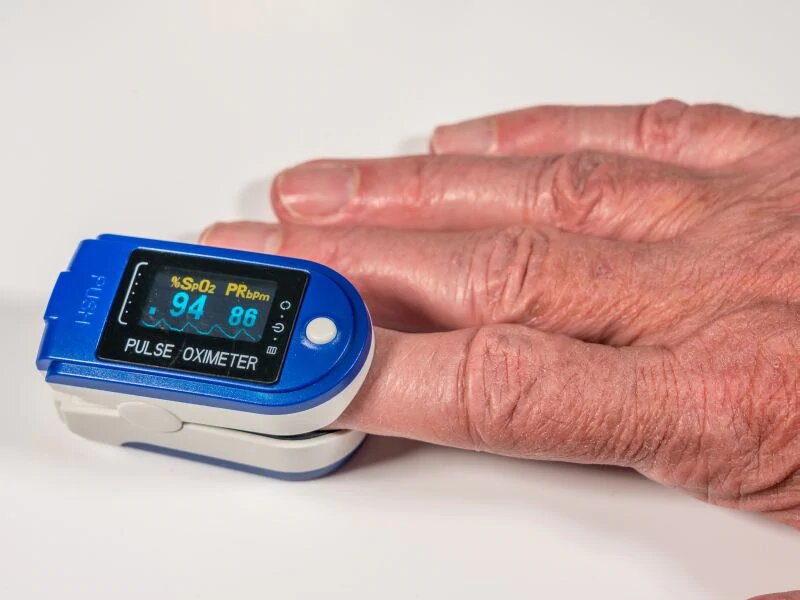 What Is A Pulse Oximeter And Should You Get One To Warn Of Covid 19
What Is A Pulse Oximeter And Should You Get One To Warn Of Covid 19
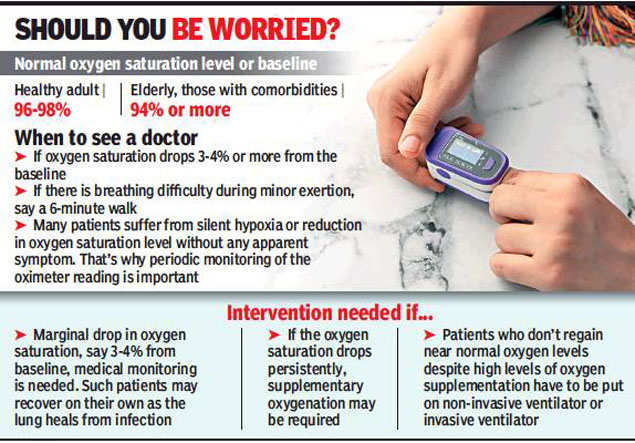 Delhi See Your Doctor Before Oxygen Runs Too Low Delhi News Times Of India
Delhi See Your Doctor Before Oxygen Runs Too Low Delhi News Times Of India
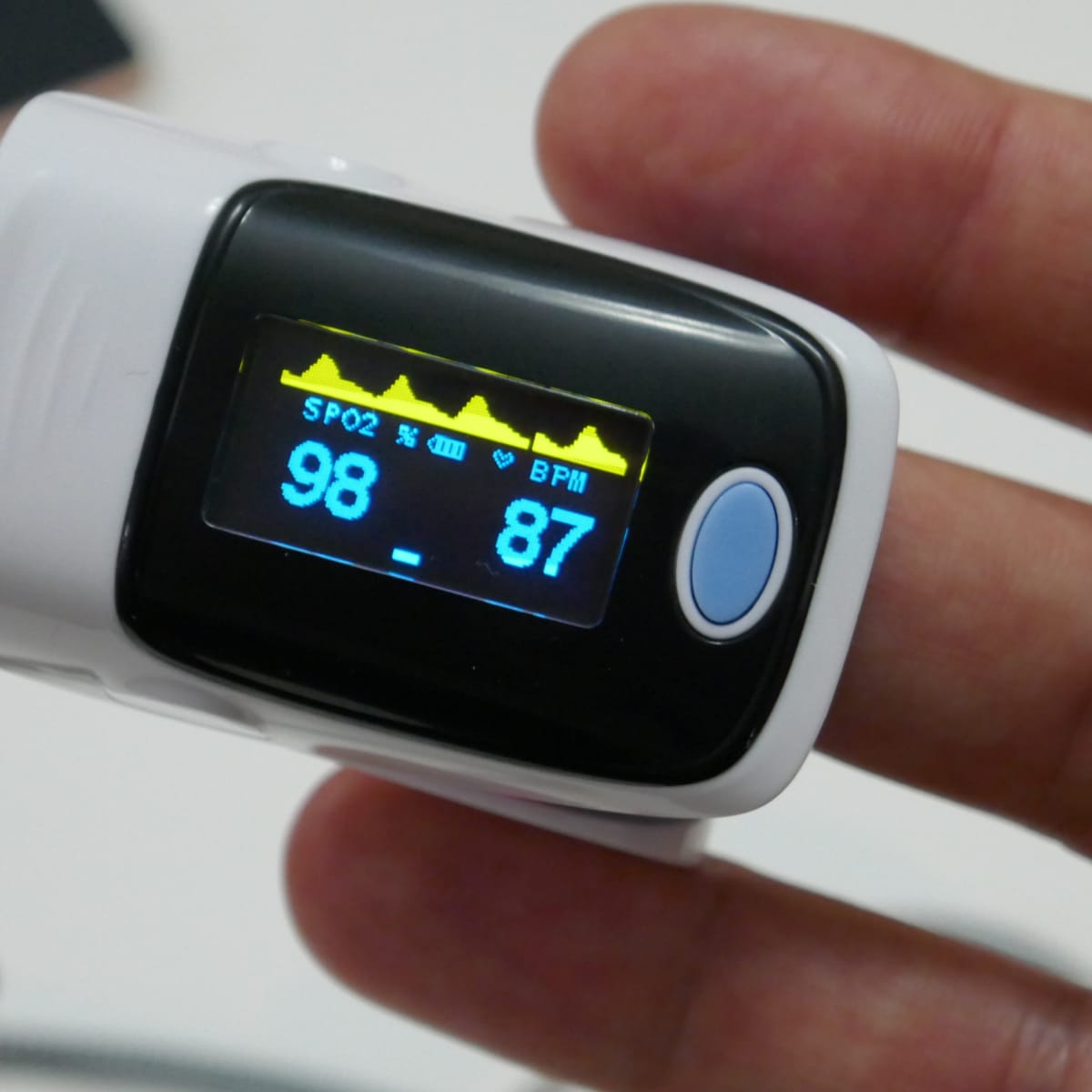 Pulse Oximetry Fact Sheets Yale Medicine
Pulse Oximetry Fact Sheets Yale Medicine
 Home Pulse Oximeters Can Help Diagnose Covid 19 Symptoms But It S Easy To Use It The Wrong Way The Washington Post
Home Pulse Oximeters Can Help Diagnose Covid 19 Symptoms But It S Easy To Use It The Wrong Way The Washington Post
 Normal Blood Oxygen Levels What Is Safe And What Is Low
Normal Blood Oxygen Levels What Is Safe And What Is Low
 Why Don T Some Coronavirus Patients Sense Their Alarmingly Low Oxygen Levels Science Aaas
Why Don T Some Coronavirus Patients Sense Their Alarmingly Low Oxygen Levels Science Aaas
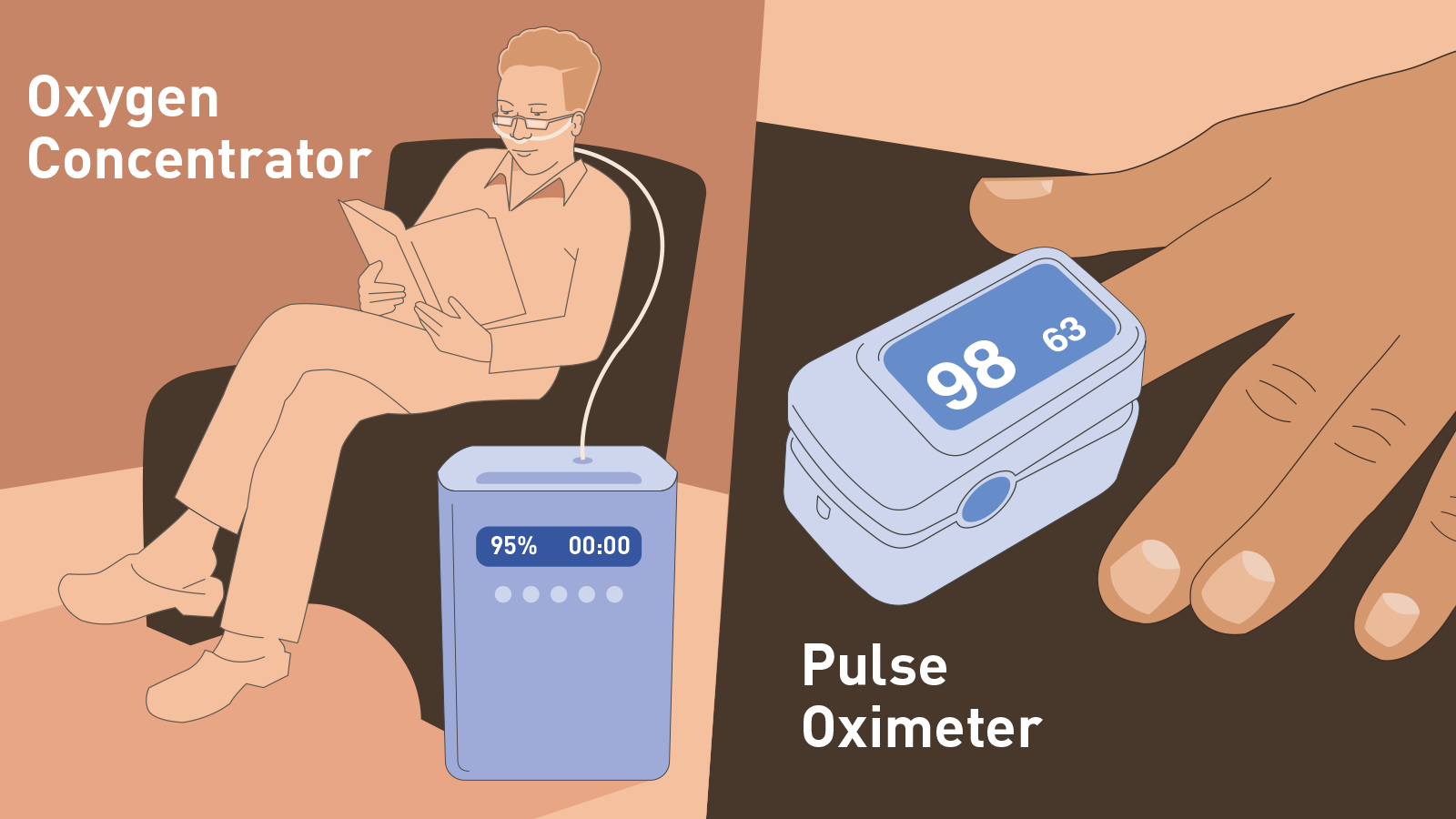 Pulse Oximeters And Oxygen Concentrators What To Know About At Home Oxygen Therapy Fda
Pulse Oximeters And Oxygen Concentrators What To Know About At Home Oxygen Therapy Fda
 What S A Pulse Oximeter And Do I Really Need One At Home The New York Times
What S A Pulse Oximeter And Do I Really Need One At Home The New York Times
 Do You Need A Pulse Oximeter In Your Covid 19 Prep Bag Cape Cod Healthcare
Do You Need A Pulse Oximeter In Your Covid 19 Prep Bag Cape Cod Healthcare
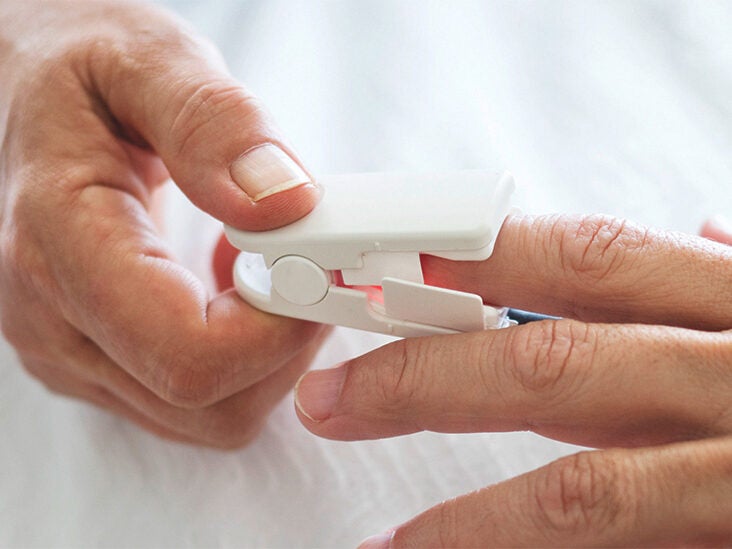 Normal Blood Oxygen Level What S Normal For Me
Normal Blood Oxygen Level What S Normal For Me
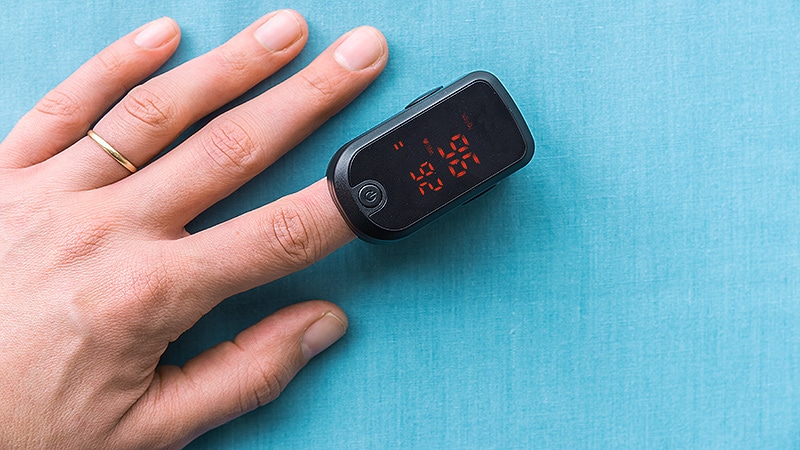 Pulse Oximetry For Covid 19 In Low Resource Settings
Pulse Oximetry For Covid 19 In Low Resource Settings
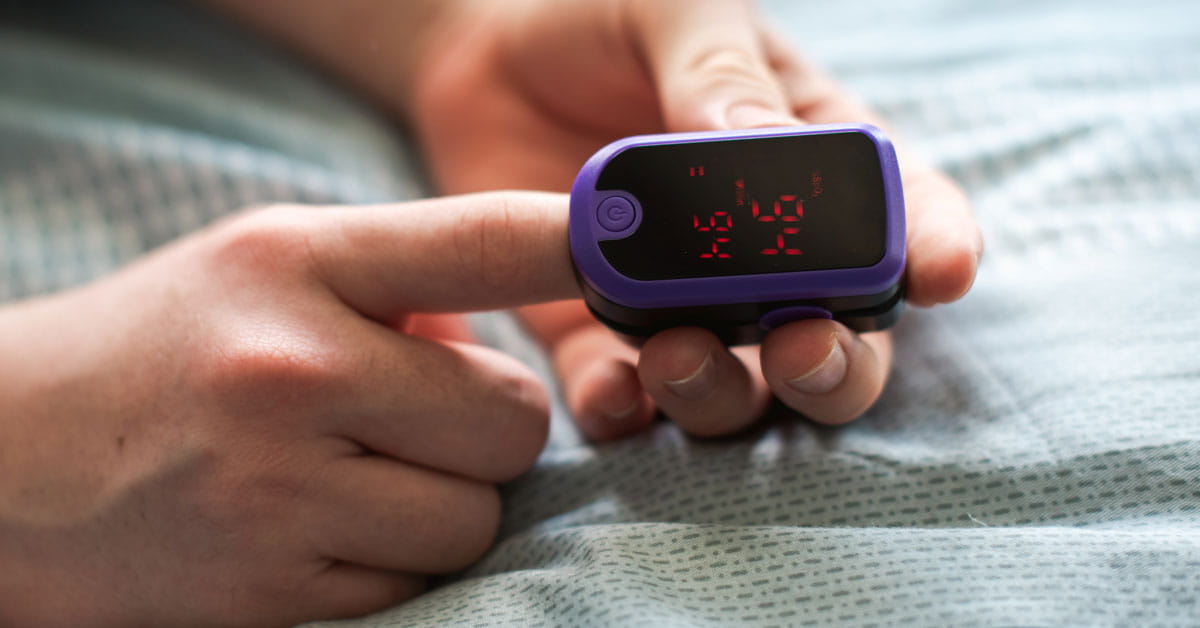 Can An Oximeter Help Detect Covid 19 At Home Houston Methodist On Health
Can An Oximeter Help Detect Covid 19 At Home Houston Methodist On Health
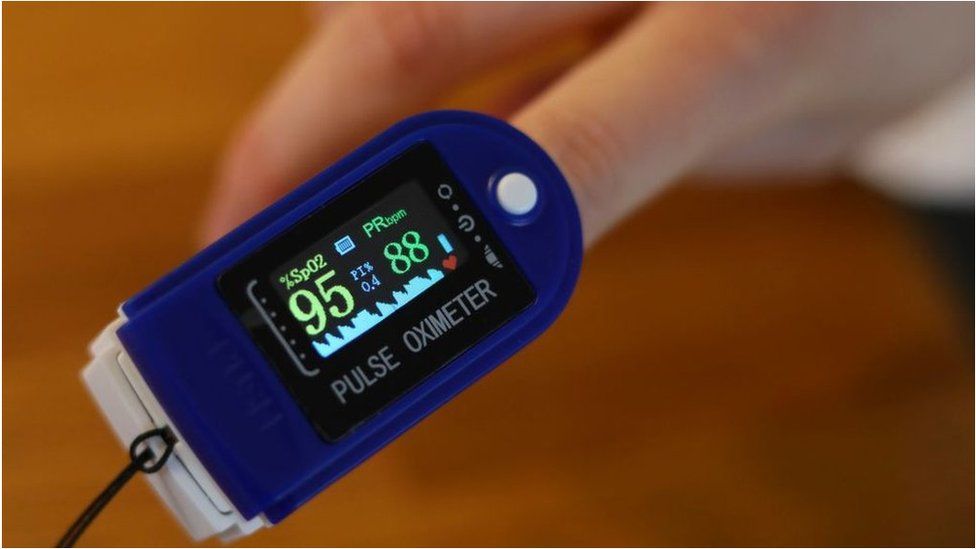 Covid How A 20 Gadget Could Save Lives Bbc News
Covid How A 20 Gadget Could Save Lives Bbc News
 Should Pulse Oximeters Be Used At Home To Track Coronavirus Symptoms Abc News
Should Pulse Oximeters Be Used At Home To Track Coronavirus Symptoms Abc News

No comments:
Post a Comment
Note: Only a member of this blog may post a comment.